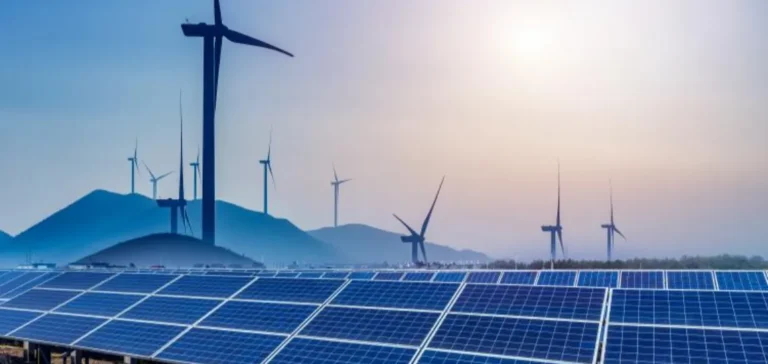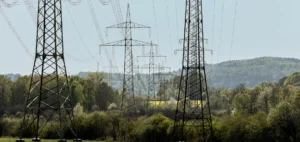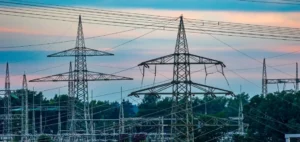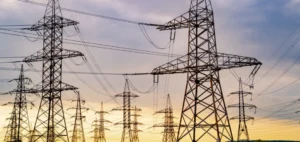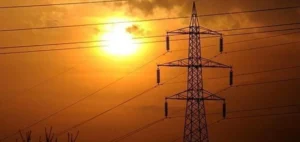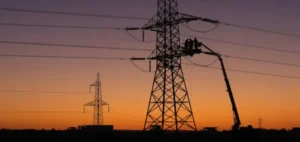South African company Seriti Green, a subsidiary of mining group Seriti Resources, has completed the commissioning of the Vunumoya transmission station, in partnership with state-owned utility Eskom. The facility, now integrated into the national power grid, will enable the initial injection of 155 MW of electricity from the first phase of the Ummbila Emoyeni programme. This project ultimately targets a total installed capacity of 900 MW.
The station, located in Mpumalanga province, required an investment of over $58mn (approximately ZAR1.06bn) and was completed within 18 months. The infrastructure is designed to meet the needs of the transforming national grid by progressively integrating more renewable energy sources.
Mpumalanga at the centre of the energy shift
Historically dominated by the coal industry, Mpumalanga hosts several of the country’s thermal power plants. The decision to build the Vunumoya station in this region reflects the intent of public authorities and private actors to transform the area into a renewable energy hub. Seriti Green is developing nearby wind and solar projects that will feed into this new facility.
The Ummbila Emoyeni programme stands as one of the most advanced private projects under the national energy transition strategy. According to government projections, South Africa aims to add by 2030 around 11,270 MW of photovoltaic solar, 7,340 MW of wind, 6,000 MW of gas and 5,200 MW of nuclear capacity.
Tailored infrastructure to support the evolving energy mix
The Vunumoya station will play a key role in the flexibility and reliability of South Africa’s electricity system, which faces major structural challenges. The rapid growth of renewables requires urgent modernisation of transmission infrastructure to maintain grid stability.
The official handover of the station was welcomed by Seriti executives, who highlighted the importance of industrial partnerships in delivering this transition. The Ummbila Emoyeni project may serve as a model for similar initiatives, particularly in regions historically dependent on coal.


